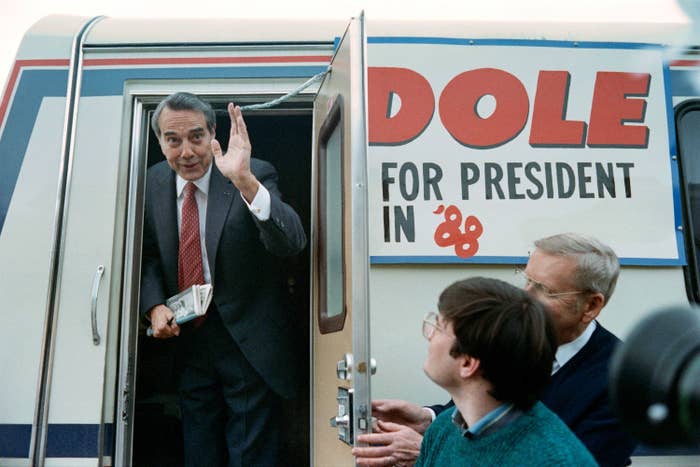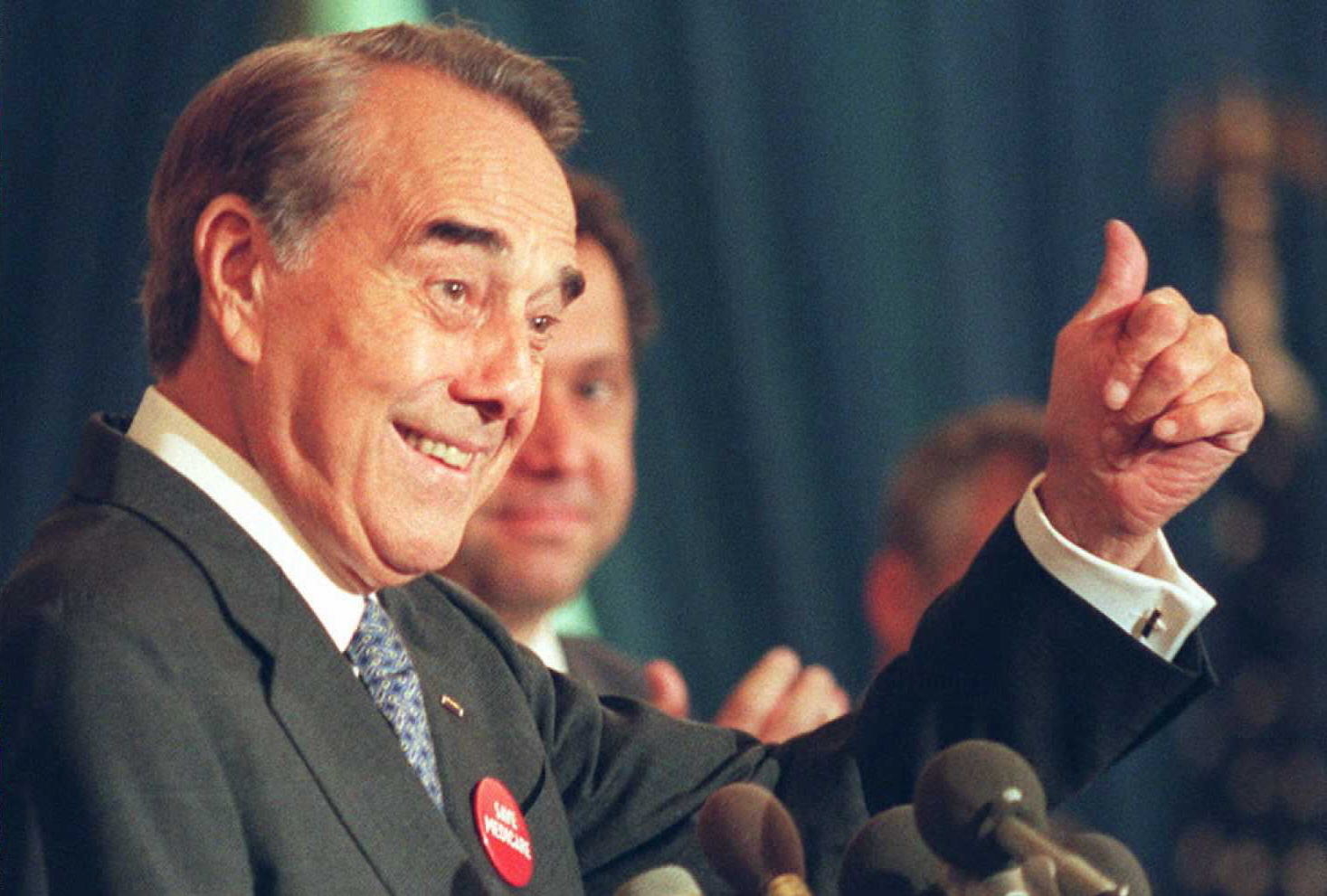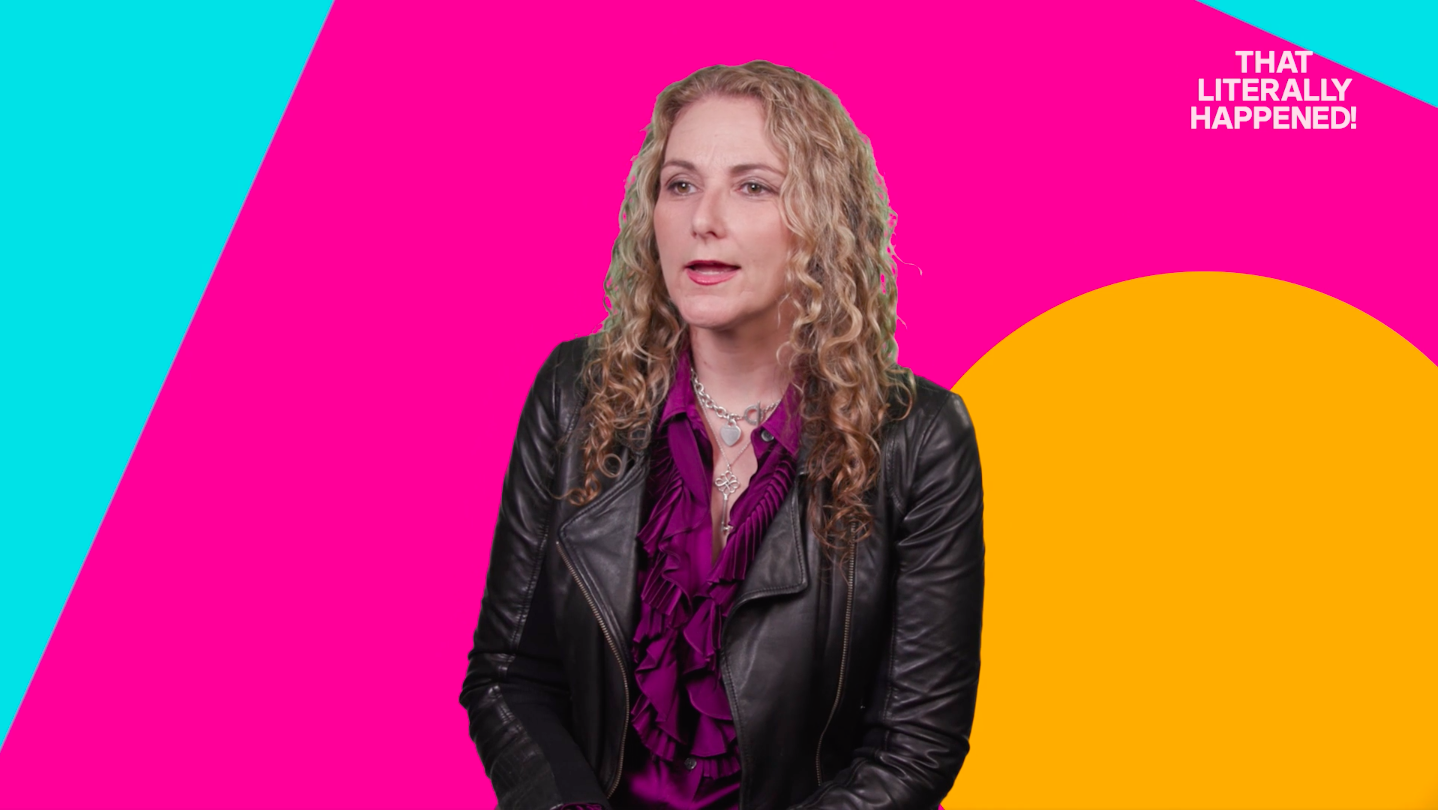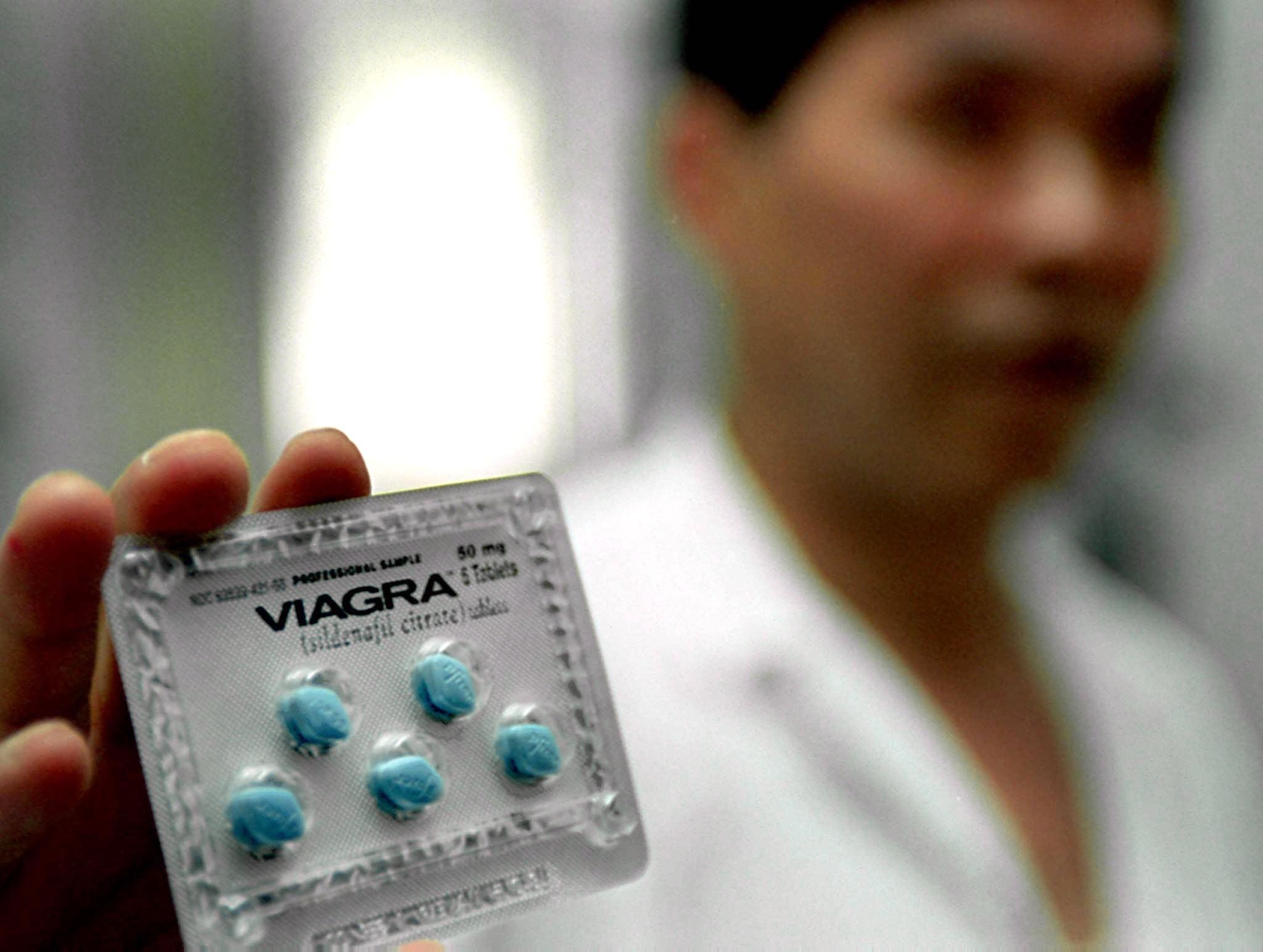
That Literally Happened!, a new show from BuzzFeed News on Facebook Watch, is revisiting some of the most memorable moments of the ’90s. As part of this week's episode, we explored the famous little blue pill known as Viagra.
Although the drug may be ubiquitous today, Viagra faced an uphill battle when it first hit the market in 1998 — namely, Pfizer was faced with the difficult dilemma of starting a public conversation about erectile dysfunction.
So what’s a pharmaceutical giant to do when it comes to getting Americans to talk to their doctors about a stigmatized medical condition rarely discussed outside the bedroom? Enlist the help of war hero, former senator, and failed presidential candidate Bob Dole, of course.
Watch That Literally Happened! on Facebook Watch:
Long before advertisements for male sexual dysfunction medications featured attractive couples holding hands in separate bathtubs on serene beaches, Pfizer tapped the 74-year-old former Senate majority leader to pitch its new drug with an earnest approach at breaking down the stigma around erectile dysfunction.
“You know, it’s a little embarrassing to talk about ED,” Dole said in the ad. “But it’s so important to millions of men and their partners.”

The wonder drug was a hit with men dealing with erectile dysfunction, but it only treated that one specific problem in the bedroom. Women with lower sex drives were left without any medical solution to their problems.
That Literally Happened! spoke to OB-GYN and author Dr. Jen Gunter about the release of Viagra and the dilemma faced by some women after the drug hit the market.
“Another benefit of Viagra, for me, is that it made it OK to publicly talk about a sexual problem, which is really important,” said Gunter, who wrote The Vagina Bible. “The downside is the conversation seemed to stop with the problem for men and didn’t continue for, you know, 'Hey, there is another 50% of the population who also wants to have sex.'”

Gunter categorized women’s reactions to the drug into three different groups: those who were relieved they could have sex with their partner again, those who were less enthused with the news, and those who still had issues left unaddressed by the male wonder drug.
She paraphrased one reaction women had to Viagra: “I’m postmenopausal and if I’m going to have this kind of sex, I need to get on some kind of treatment so I can have the kind of sex I want to have with my partner.”
Gunter also took issue with sexual dysfunction drugs currently on the market being described as the “female Viagra.”

“The medications that are marketed for female sexual dysfunction don’t work in the way that Viagra does. They don’t increase blood flow,” she explained. “What they do is they work on brain chemistry for a small group of people to supposedly increase horniness.”
But there are other solutions beyond the mythical “female Viagra” that has been discussed since the introduction of the little blue pill for men in the late ’90s.
Gunter pointed to vaginal or systemic estrogen and vaginal DHEA as medications on the market that can treat low-estrogen menopausal changes that impact sexual function in women.
A lot has changed in the conversation around healthy sexual function since Viagra launched in the ’90s. Erectile dysfunction is no longer the taboo topic it once was, and common understanding of the issue has matured from the belief that it’s just a problem facing the elderly.
As for the advertising campaigns, those became slightly less subtle — from leaning more into sexual innuendo to an Elvis impersonator singing “Viva Viagra.”
Catch new episodes of That Literally Happened! on Mondays on Facebook Watch.
